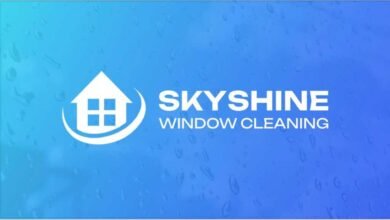Code of Practice for Internal Wet Area Waterproofing

This Code of Practice is appropriate for the design and application of internal wet area waterproofing membrane systems. It is also applicable for commercial, residential, or industrial buildings which comply with all the standards. In addition, it also speaks about the design, manufacturing, and installation of substrates. Some substrates are necessary to maintain the waterproofing membrane system. Hence, all waterproofing techniques comply with the code of conduct and practices. Waterproofing is a significant and essential thing to do. Also, it defends your walls, or you can say that it defends your whole building. If the water enters your walls, it makes them porous.
The walls even get cracks in them, and if they keep going for a long time, they can break. So, the wet area waterproofing of the internal areas is essential. Suppose you observe that the areas in your building face movements in them. These movements can be contractions or expansions. Or it can be even the settlement of the building. So there must be a code of practice that can bear all these things easily. Also, make sure that you use the right and proper waterproofing materials according to the standard. So, this is the only way with which your building will be fully waterproof from the inside.
Code of Practice of Internal Wet Area Waterproofing
The following explanations of the key parties accountable for the internal wet area waterproofing membrane are:
- Designer means a person or a company who maintain the waterproofing system. The person can be an engineer, an architect, or a supplier.
- Applicator refers to the company responsible for the installation of the internal waterproofing system of wet areas.
- Supplier means the company that delivers the internal waterproofing system.
- Installer refers to the site worker responsible for work by the applicator company. The installers must work within applicable trade practices, standards and undergo adequate training. The training is necessary to ensure that the membrane is installed according to the supplier demand.
Waterproofing Membranes
For repairing leaks and damages, a waterproofing membrane needs to be installed underneath and behind the tiling of the shower. Always use membranes of high quality according to the code of practice. In addition, select membranes by checking these membrane characteristics and the area where it needs to be installed.
- Must check whether there will be heating underfloor or not
- Always check the substrate as to which membrane will adhere most to the substrate and check the movement potential
- Determine the nature of complexity
- Check weather situation, time, humidity and temperature
Care of Finished Task
Waterproofing of internal wet areas is frequently the one space of any project. All trades require carrying out the work to perform this task. They are often narrow spaces, and the installers will be in close vicinity to each other. In addition, they try to make sure that waterproofing is safe from any danger and damage. So, the care of a finished task is an ultimate code of practice.
Occupational Standards and Laws
Australia has a standard of internal waterproofing. The standard for waterproofing in Australia for 1st class buildings is AS 3740. It is always recommended to experts and professionals to follow the standard of AS 3740-2010. Waterproofing is making your walls resistant to water with specific architectural techniques and with some particular materials. It is necessary whenever you are making any home or building. It will protect them from getting the water into the walls and the base of buildings and houses.
Health and Safety
It is the accountability of the Main Contractor, the applicator, and all installers to ensure health and safety measurements. They all should carry out and follow the safety procedures. There are various procedures for hazardous sites and risk causing vicinities. Installers and applicators must meet the needs of all appropriate and suitable. Occupational Health and Safety Act 2015 refers to the safety of workers at the workplace.
There are some guidelines necessary to ensure the health and safety of workers, such as:
- The use of PPEs is necessary at workplaces. Always use personal protective equipment, including gloves, knee pads, helmets, glasses, and suitable footwear. In particular, always wear solvent-resistant gloves to reduce the risk of hazardous products. Sometimes, these products can come in contact with your skin and cause harm.
- Respirators must be available to workers when working with VOCs containing membrane systems. Volatile organic compounds are also hazardous during detention tanks Sydney.
- Ensure that first aid and safety equipment is available on working.
- Make sure that all the staffs have well knowledge of first aid.
- Conduct first aid training workshops on-site to train the workers.
- Meet the specific requirements of the product as per the standards.
So, the bathroom internal wet area waterproofing code of practice focuses on the workers’ health and safety standards and laws and guidance about the membrane installation.



